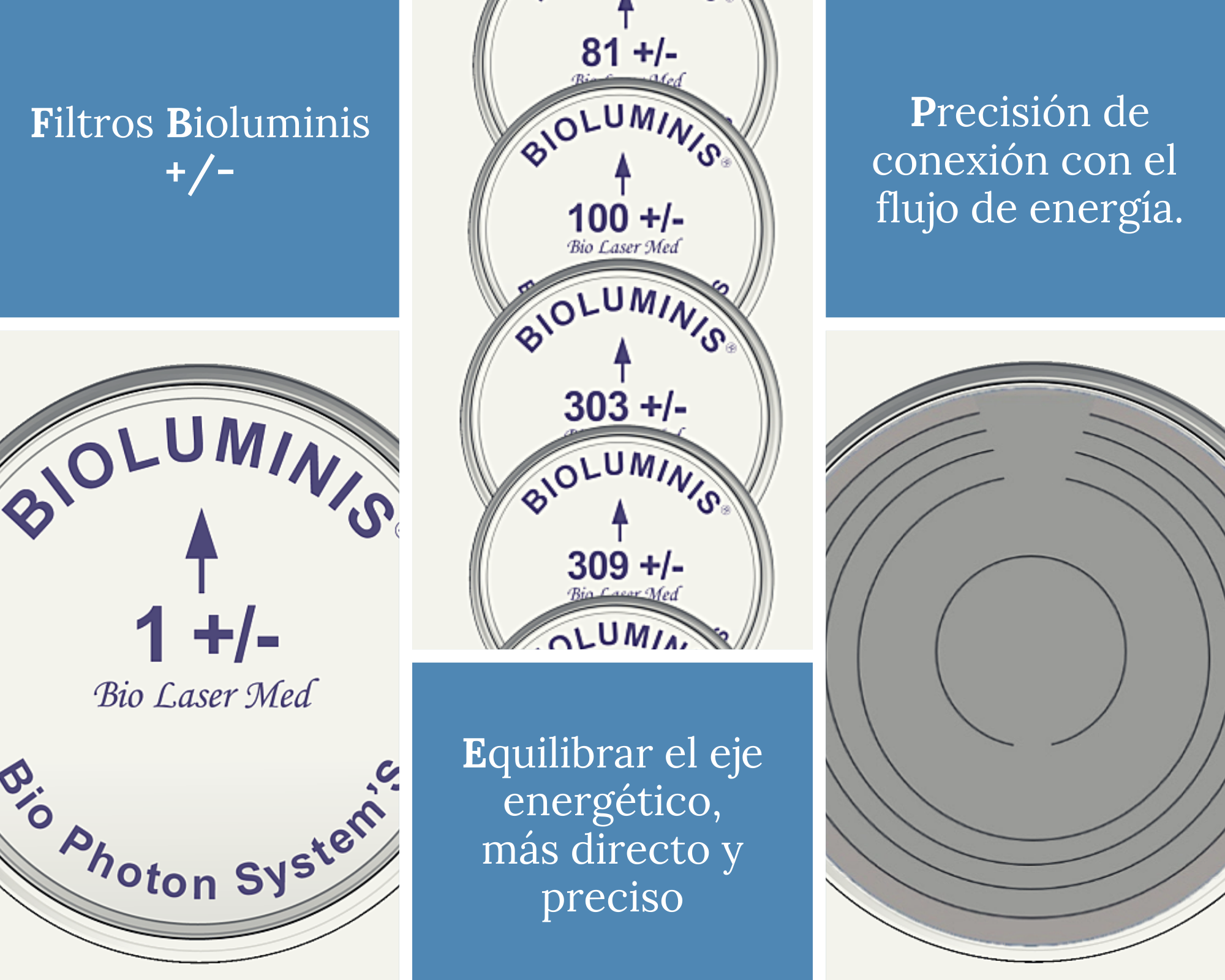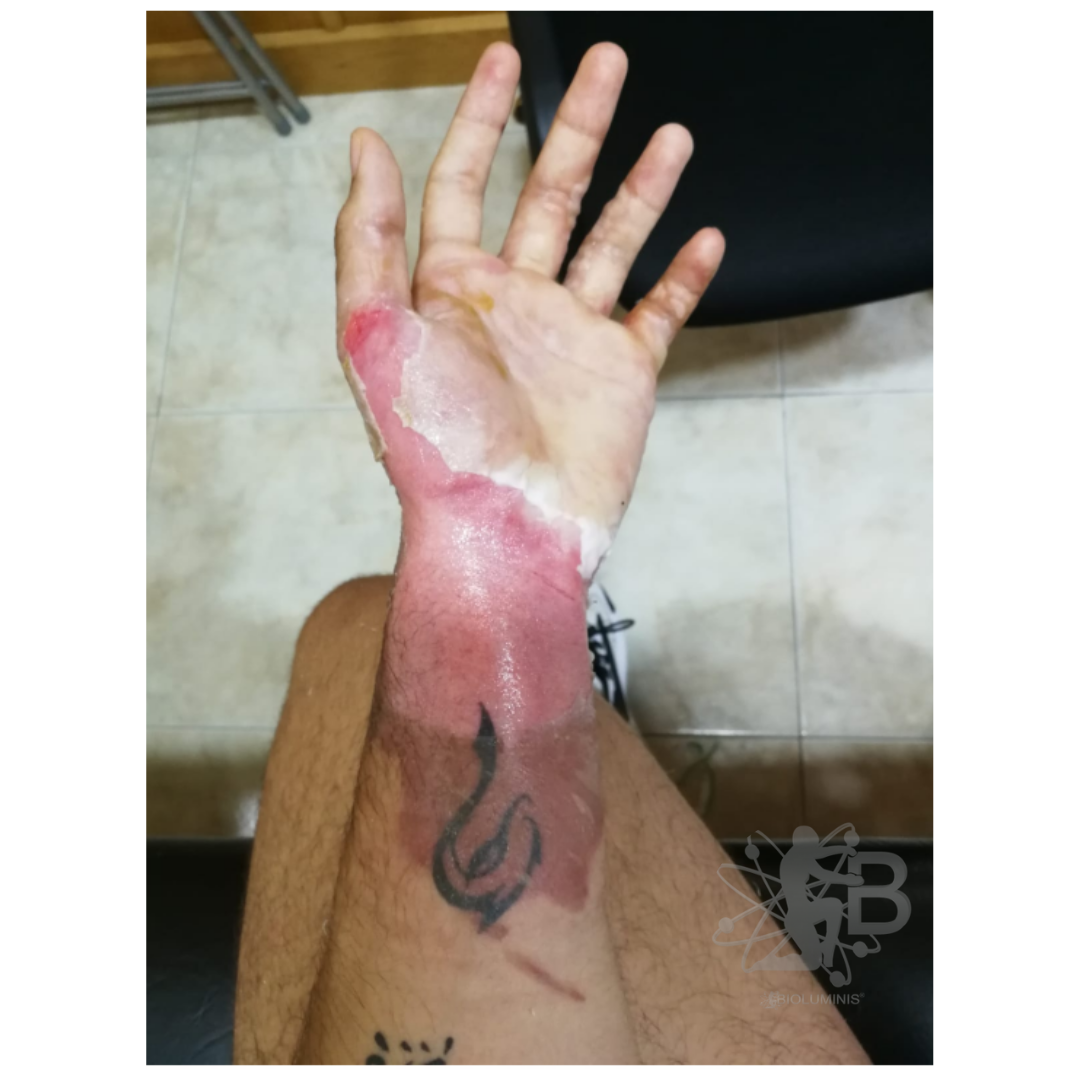02Nov
How is the pulse taken at Bioluminis?
- Home
- How is the pulse taken at Bioluminis?
- How is the pulse taken at Bioluminis?
© Copyright 2022. All Rights Reserved.
The pulse measurement with the Bioluminis method is a prerequisite for the correct application of Bioluminis Med Filters by the specialist.
Traditional Chinese medicine has successfully used for thousands of years the “pulse reading”, which detects changes in rhythm or amplitude depending on the state of the organ or function being examined. This signal is emitted under the impulse caused by an imbalance of harmony in the cellular interaction of the organ or tissue in question, which generates a perceptible signal through the pulse.
The 4 fingers of the hand hold the patient’s wrist like a gentle gripper and facilitate the movement of the arm at the request of the therapist.
The thumb continuously presses the pulse, independently of the other 4 fingers, without changing the pressure, regardless of whether the patient’s arm moves or not.
By simply “interrogating” a specific bioreceptor, changes in the pulse beat can be detected. The reaction can be felt for a few seconds in the R.E.C.’s pulse beat until it returns to its normal rhythm.
The bioreceptor is able to interact at such a speed that it immediately indicates to us through the pulse that we are in the correct area and applying the appropriate Filter.

Variations in the pulse are subtle in some cases, and attention should be paid to changes that occur during brief seconds.
1. FAST AND STRONG: This is a negative reaction.
2. SLOW: This is a positive reaction.
3. NORMAL OR NO CHANGE: This is a neutral reaction, there is no alteration.
Checking the pulse using the Bioluminis method is an essential prerequisite for the specialist to be able to use the Bioluminis Med filters. This enables them to diagnose, find the bioreceptors and apply the appropriate treatment.


The Bioluminis MED Filters +/- ; obtain with more accuracy; the connection between the transmission and the reception of energy... read more


Leave a Reply